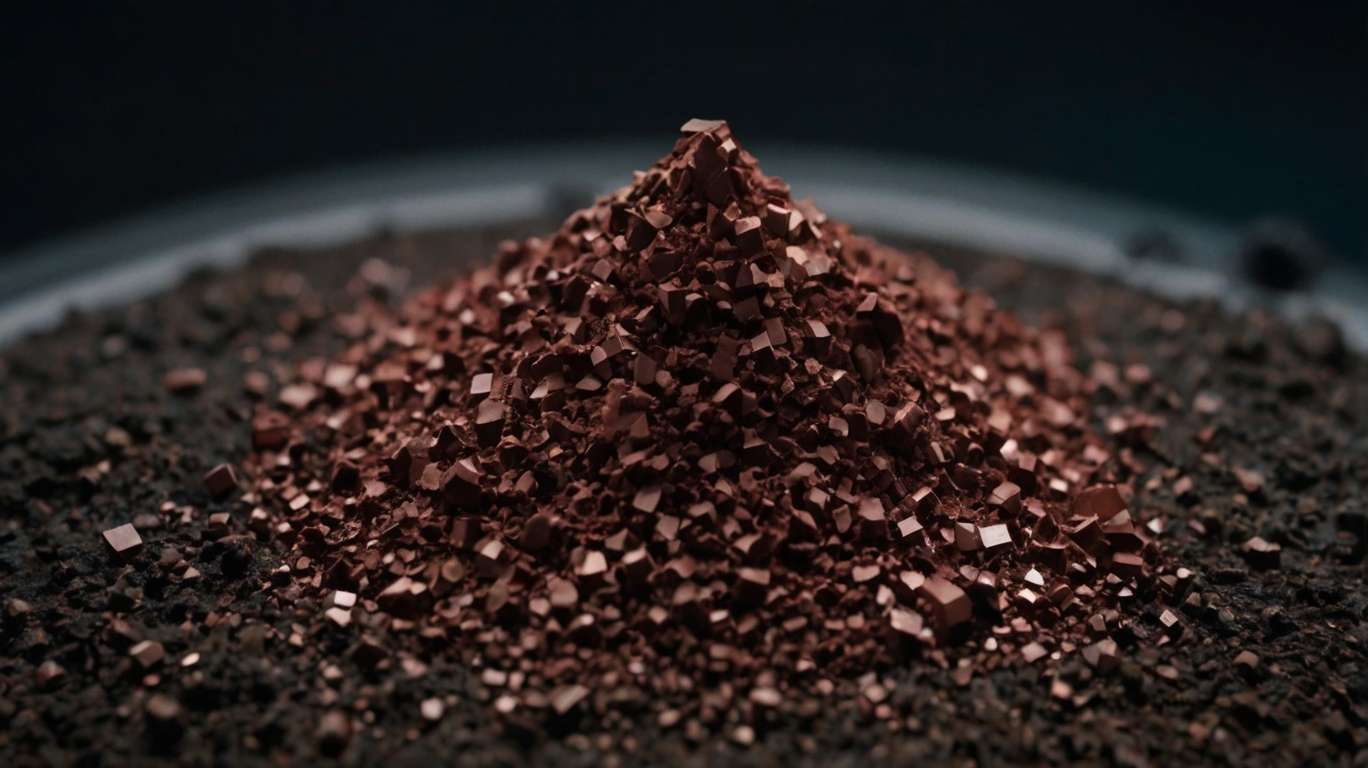The Future of Terbium Oxide: Emerging Applications and Trends
Terbium Oxide is a rare earth compound that is widely preferred for its special magnetic, optical, and luminescent properties. In the past, phosphors were used as a magnetic material; however, with the discovery of terbium oxide, more and more applications utilize terbium as a magnetic material, and terbium oxide is becoming a vital chemical in new and emerging technologies. In this blog, we will explore the future outlook of terbium oxide and its impact on modern industries.
Properties of Terbium Oxide
The special characteristics of terbium oxide make it useful for varied industrial applications:
· Luminescent Qualities: Terbium ions emit a bright green fluorescence, making this rare earth oxide ideal for display technologies.
· Magnetic Characteristics: Terbium oxide exhibits strong magnetic properties due to its paramagnetic nature.
· High Stability: Terbium oxide is thermally resistant and can withstand high temperatures. It is also chemically stable, making it corrosion-resistant.
· Energy Efficiency: The optical properties of terbium make it an energy-efficient material, which is essential for green energy solutions.
The unique properties of terbium oxide make it a versatile material that can be applied in various sectors.
Emerging Applications of Terbium Oxide
1. Green Energy and Sustainability
Terbium oxide is at the forefront of green energy technologies as it is a crucial chemical compound used to develop energy-efficient materials. Terbium is applied in solid oxide fuel cells to enhance ionic conduction, thereby improving efficiency and extending the cell's lifespan.
Terbium oxide is also showing promise in solar technologies, as it can be used as a dopant to enhance the performance of photovoltaic cells. Its capability to convert UV light into visible light could also enhance solar cell performance, thereby improving the quality of renewable energy applications.
2. Quantum Technologies
Quantum computing is another advanced field where the future of terbium oxide seems bright. Research is being conducted on the paramagnetic ions of this compound for use in precision sensors and quantum bits. In the advancement of quantum technologies, terbium oxide is predicted to play a vital role in next-generation computing.
3. Medical Imaging and Diagnostics
The luminescent and magnetic properties of terbium are becoming extremely useful for the medical sector. Terbium-based compounds are being developed for use as contrast agents in resonance imaging (MRI), and fluorescent materials are being developed for bioimaging applications. These newly developed applications can increase the accuracy of imaging techniques, potentially redefining diagnostic imaging.
Terbium oxide nanoparticles are also being studied for targeted drug delivery systems, as their luminescence can track the progress of therapeutic agents.
4. Advanced Electronics and Displays
The modern electronics sector is constantly changing with the advent of new gadgets, and here, too, terbium oxide is making its presence felt. Terbium's green fluorescence is being used to increase the color precision of a screen display. Next-generation display screens like OLED (organic LEDs) and QLEDs (quantum dot LEDS)
Moreover, the dielectric properties of terbium oxide will be helpful in the development of next-generation advanced capacitors and electronic components that are more compact, which also contributes to a sleeker design.
5. High-Performance Magnets
Terbium oxide is an essential ingredient in the manufacture of terbium-dysprosium-iron alloys. This special alloy is utilized in magnetostrictive materials. Such materials are used in sensors and actuators. The demand for magnetic materials is expected to continue increasing in the future, making terbium oxide highly sought after in the electronics sector.
Trends Driving the Future of Terbium Oxide
1. Nanotechnology Integration
Nanotechnology is an emerging technology that is reshaping the technological landscape. Terbium oxide particles possess a unique combination of optical, magnetic, and catalytic properties, making them highly useful for innovative nanotechnologies, such as catalysts and nanosensors.
2. Circular Economy and Recycling
Terbium is a rare-earth element, and that is why considerable effort is being made to develop technologies that can recycle terbium oxide. Advances in recycling have made it possible to recover terbium oxide. Such efforts will mitigate the environmental impacts of mining terbium in the future and contribute to the widespread adoption of terbium in various industries.
3. Hybrid Materials
Extensive research is being conducted to harness the properties of this unique, rare-earth element to its fullest potential. One way to accomplish this is by combining terbium oxide with other compounds to enhance its properties. One example of the latest application is terbium-doped ceramics for use in lasers and optical amplifiers.
4. Market Diversification
As the use of terbium oxide becomes increasingly popular in the industrial sector, its applications will continue to diversify. Advanced industries, such as aerospace and automotive, are leveraging this chemical to manufacture lightweight yet robust components, and this trend is expected to continue growing.
Conclusion
The future of terbium oxide looks promising, as emerging applications in green energy, quantum technologies, healthcare, and advanced electronics are driving demand. Its integration into innovative solutions through the advancement of material science will continue to increase in importance for modern technology.
Such efforts to address the challenges associated with supply, cost, and environmental impact can shape the future of terbium oxide in global industries. Sustainable production and innovation are key features that enable the effective utilization of this rare compound.
Terbium oxide is a testament to the transformative power of materials science in a rapidly evolving technological landscape, offering solutions to some of the most pressing challenges of our time.



.png)

